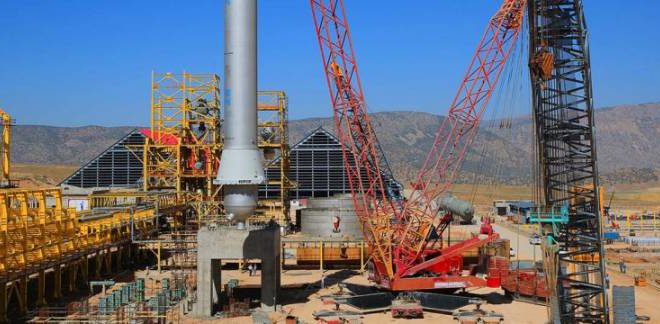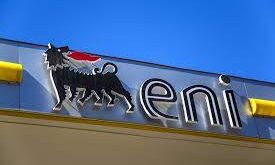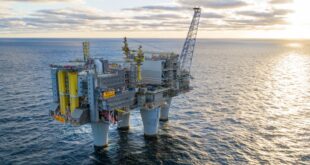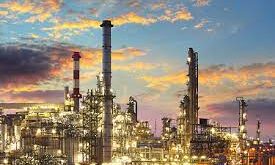It will take a minimum of two years for petrochemical investments to pay off. said an official at the state-run National Petrochemical Company. urging a mid- and long-term vision to develop the key industry.
We need to wait at least two years to see the impact of foreign investment in the petrochemical projects. such as employment and economic growth. Hossein Alimorad. the NPC deputy for investment affairs. was cited as saying by IRNA.
The perception of international companies about Iran has improved as they show strong enthusiasm to play a part in the post-sanctions market. particularly in the petrochemical field. Alimorad said.
Last year. Iran was unchained from years of international restrictions imposed over its nuclear program following a landmark agreement with six world powers in 2015.
The lifting of sanctions allowed Iran to resume trade and collaboration with the world in an effort to make up for years of underinvestment and reenergize a backward economy.
In the last several years. foreign interest in Iranian petrochemical ventures almost waned because of pressure at home and abroad. We hope that present (positive) equilibrium for investment will not be undermined. the official noted.
NPC has stipulated that petrochemical development plans should be within the framework of Iranian regulations and requirements. We have made major inroads in talks with global majors. he added.
German chemical giant Linde Group and Spanish consortium Sercobe are among the household names planning to invest in lucrative petrochemical infrastructure.
Attracting foreign investment and technology. as a top priority for the NPC. will help put the petrochemical industry on the right track. Alimorad was quoted as saying.
His remarks come on the back of recent controversy over the success of this industry. namely its ability. or the lack of it. to create jobs and contribute to economic growth.
Tehran Mayor Mohammad Bagher Ghalibaf. who ran for president before dropping out of the May 19 vote. had claimed on the campaign trail that between 400.000 and 600.000 jobs can be created per 1 million tons in new petrochemical production capacity.
His claims were publicly dismissed b y senior government officials. Experts and informed sources in the industry say the Ghalibaf figure is pure imagination and outright exaggeration. It is more than 10 times over and above the most optimistic estimates.
According to reports. nominal petrochemical output capacity has increased by 9 million tons annually under the President Hassan Rouhani administration.
New Plants Come on stream
Plans are in place to raise nominal petrochemical production capacity to 72 million tons in the present fiscal that ends in March. Alimorad said.
Major petrochemical project were launched in the previous fiscal. namely polyethylene plants in Khorram Abad (Lorestan Province) and Mahabad (West Azarbaijan Province). a sulfuric acid plant in the city of Urmia (West Azarbaijan). a urea and ammonia plant in Marvdasht (Fars Province) as well as Takht-e-Jamshid Plant and the second phase of Karoun Petrochemical Plant in the southern port city of Mahshahr (Khuzestan Province).
With a combined production capacity of 2.2 million tons annually. the plants cost $1.3 billion.
Alimorad estimated actual production to exceed 59 million tons. worth around $17 billion. in the present fiscal year. Nearly two-thirds of output is planned to be exported.
Government data show Iran produced 50.61 million tons of petrochemicals in fiscal 2016-17. of which 20.3 million tons were exported. Nominal production capacity reached 61.9 million tons last year.
Nominal output capacity was 56.7 million tons in fiscal 2013-14 and actual production reached 40.4 million tons. of which 12.5 million tons. worth $9.8 billion. were exported.

 Iran Energy News Oil, Gas, Petrochemical and Energy Field Specialized Channel
Iran Energy News Oil, Gas, Petrochemical and Energy Field Specialized Channel



